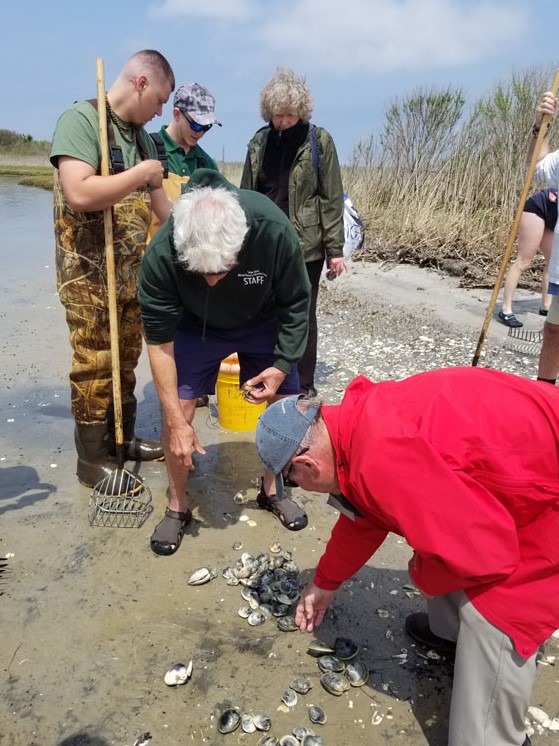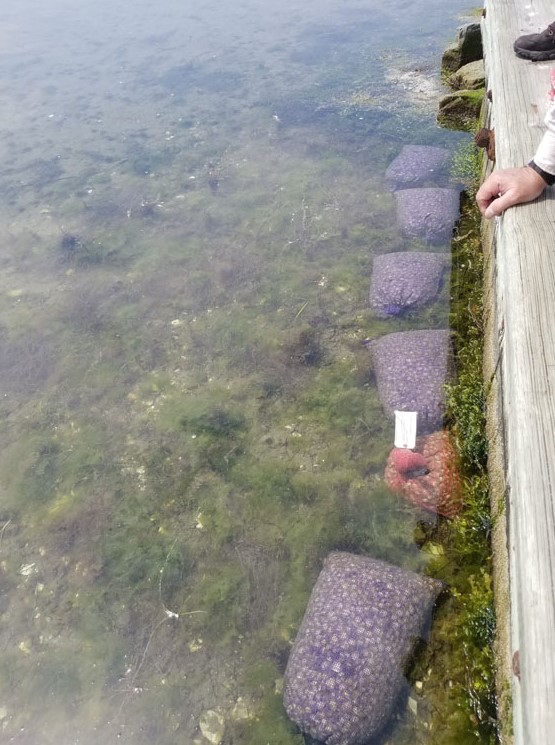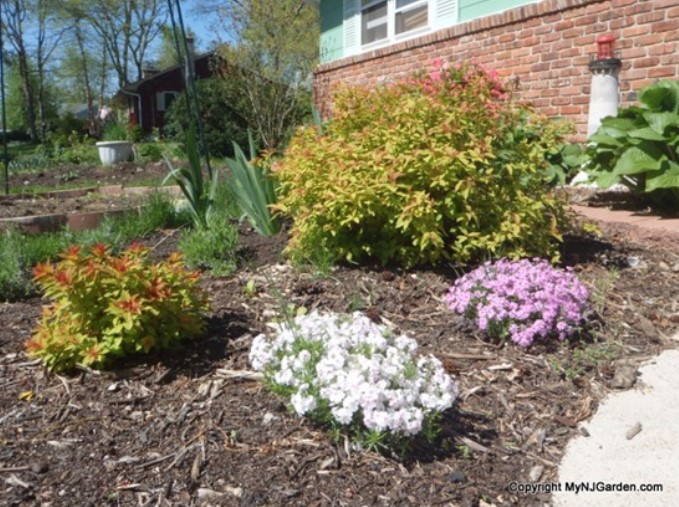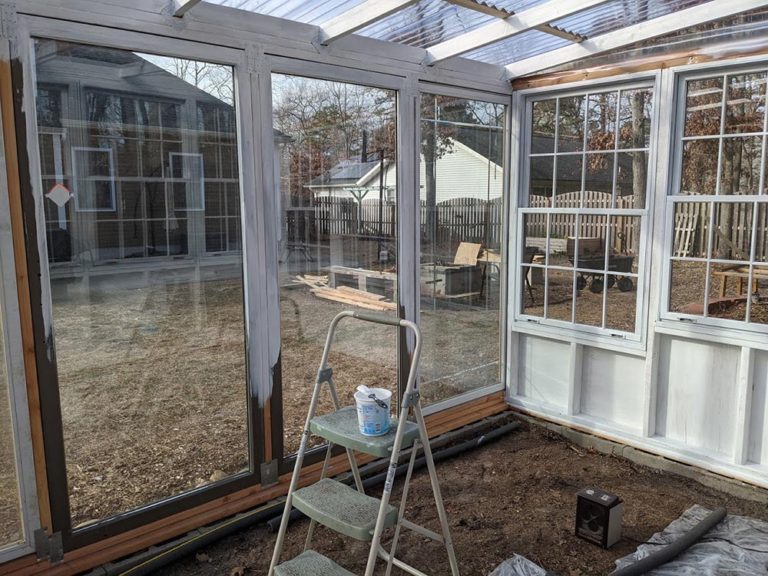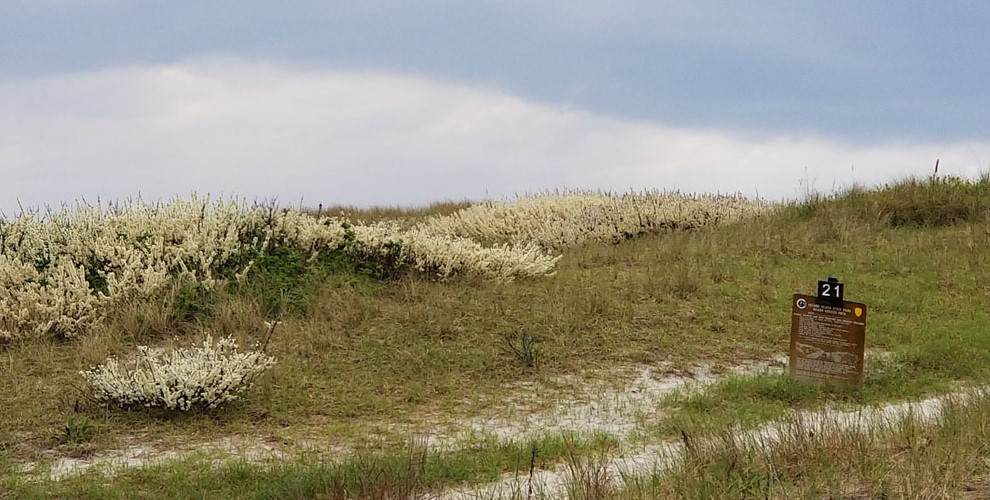
It was supposed to be really lousy weather the day the Master Naturalist class was scheduled to visit Sedge Island. When I woke up to get ready to leave, it was pouring but by the time we made it all the way down to parking lot A21 the sky had cleared and that naturalist group was eager to board the boat over to Sedge Island.
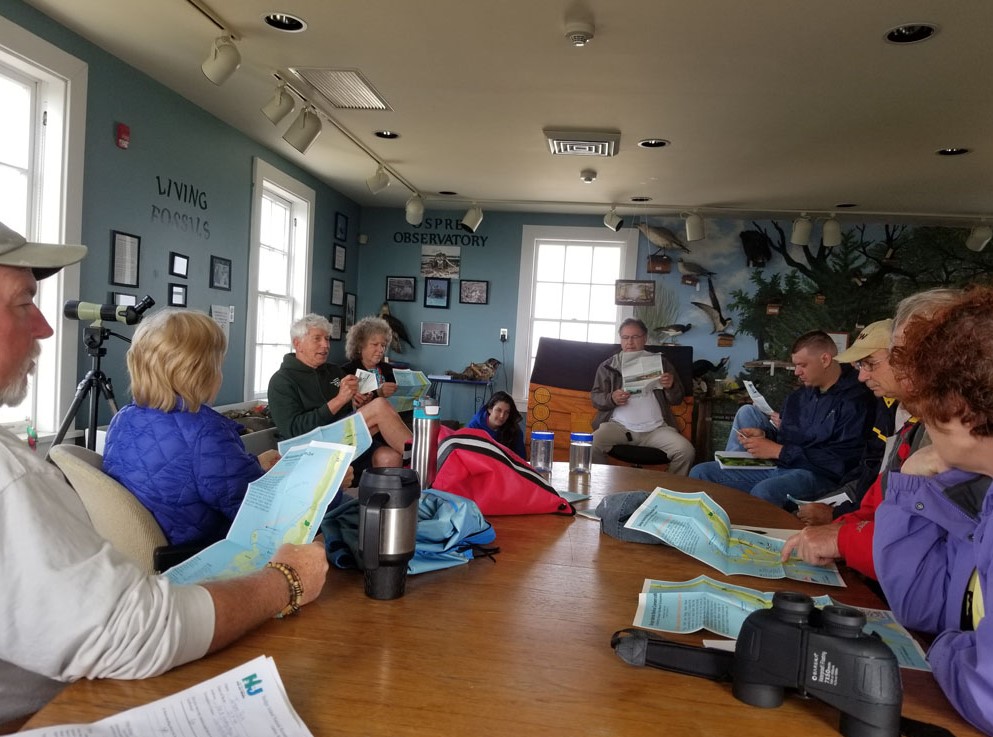
Our guide was Jim Merrit, the program director at Sedge Island and his intern, Jay Bowler. They were cautious at first and instead of heading directly to the doc, the group was diverted to the nature center for a short time to wait and see if the clouds were only kidding about the drier conditions. While in the nature center, we were given a map of Sedge Island and Jim told us a bit about the property.
Island Beach was the home to the first coastguard station in New Jersey and eventually 3 coastguard stations were built about 3 miles apart. What is now the nature center used to be living quarters for the coast guard. The Barnegat Bay is really a lagoonal estuary because it is a mix of fresh and salt water it is almost completely enclosed. It’s 45 miles long and 3 miles wide with the majority of the water circulation coming from the southern end.
The Sedge house, once owned by the Hencler family, is 1.2 miles away from the main land. The tides occur about 2.5 hours later in the bay than the ocean and if you want to save yourself if you go overboard on the waterway trails, all you have to do is stand up because the water is very shallow.
After reviewing the map and describing a virtual tour of the waterway trails around Sedge island, the group agreed that the weather seemed agreeable now and we headed down to the dock to catch a boat ride over to the sedge house. It took 2 trips to deliver everyone, so while the second group was enroute, the first group prepared the ocean kayaks for our actual tour around the salt marshes.
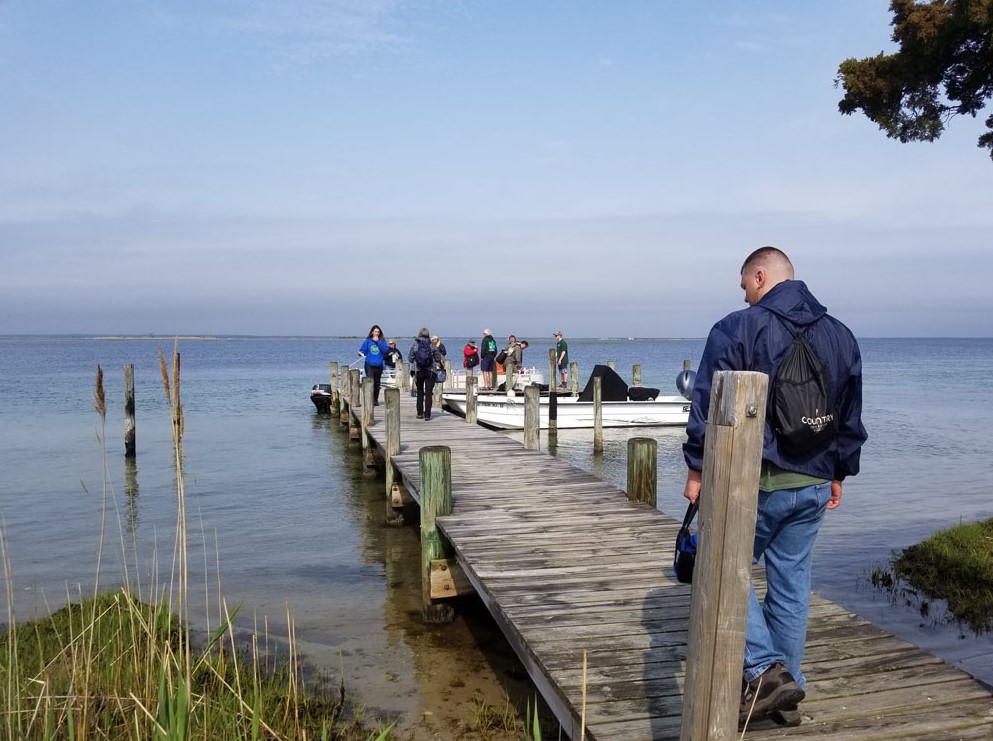
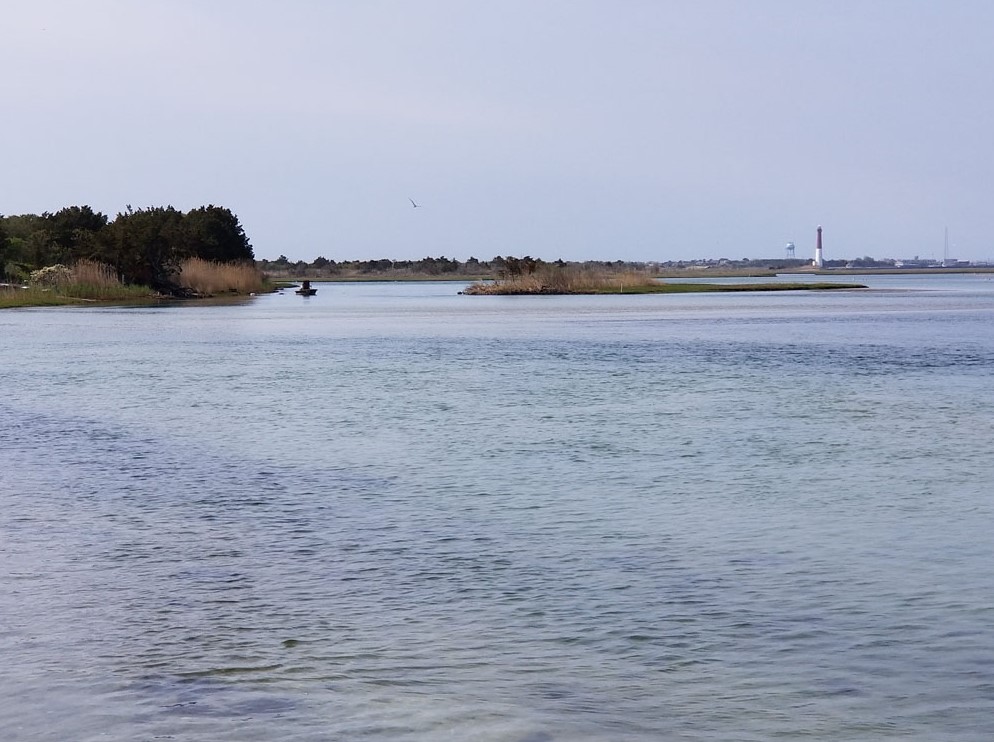
The kayaks we used were wet-butt boats… I wasn’t aware that we were guaranteed to get wet, so I wasn’t quite prepared. I thought it was more of a “maybe” you’ll get wet situation. It’s not. If you go to sedge and plan to kayak, wear a bathing suit or clothing that WILL get wet. They did have waders to borrow, but even they were not completely waterproof, just so you know.
We paddled after Jim as he led us through the water trails to show us the osprey nests, the falcon tower and the mussels fixed to the edges of the marsh. After the program ends, Jim encourages volunteers to return to work with him at Sedge and to become waterway trail educators at Island Beach. Optionally, naturalists can join Reclam the Bay and become shellfish gardeners which, he told us, is one of the best and most sustainable protein sources that you can raise. There is no cost to feed them!

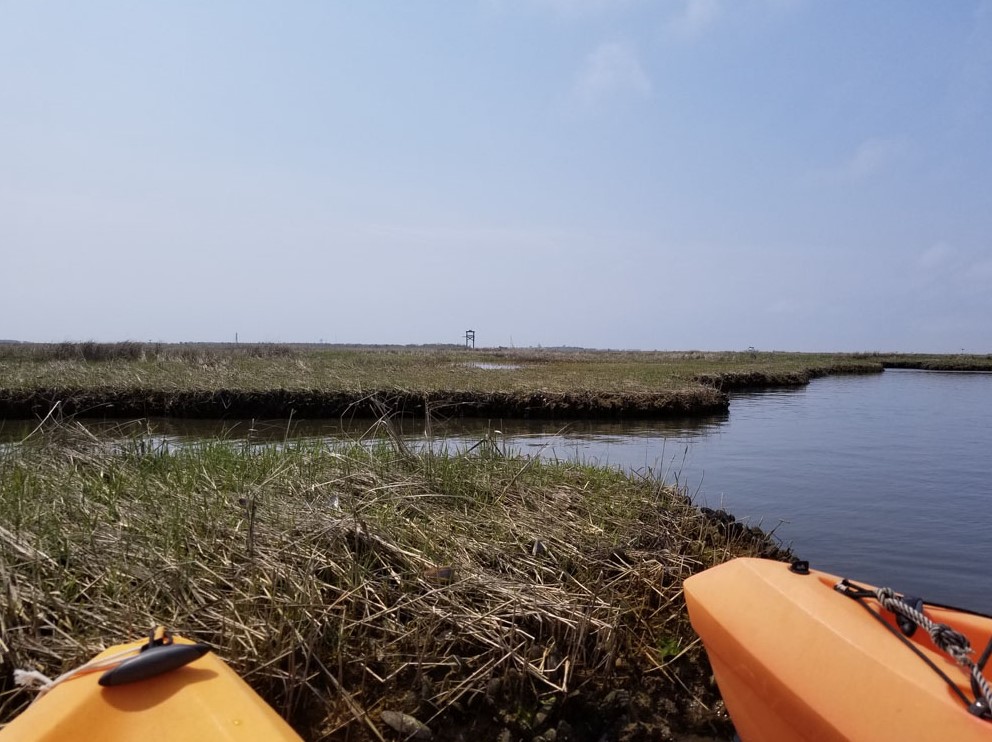
We noticed how the muscles formed a living shoreline that stabilizes the edges of the marsh and combats erosion that happens as a result of wave action. Muscles have fine, strong threads that burrow deep into the marsh land mass and scientists are trying to synthesize this material because of it’s natural strength and durability under harsh conditions. The shells remain fixed in place, even after the muscles have died and as sediment settles around the shells, new muscles can attach themselves to the expanded edge.
A number of osprey flew overhead during our tour and Jim explained how their numbers had suffered a few decades ago due to pesticide use and the affect it had on the wetlands ecosystem. As the toxins accumulated in the flesh of the animals and those animals were consumed along the food chain, the osprey egg shells became fragile and the population decreased drastically. The osprey nests around island beach were constructed and healthy eggs were installed in the nests which eventually restored the stability of the species in the area.
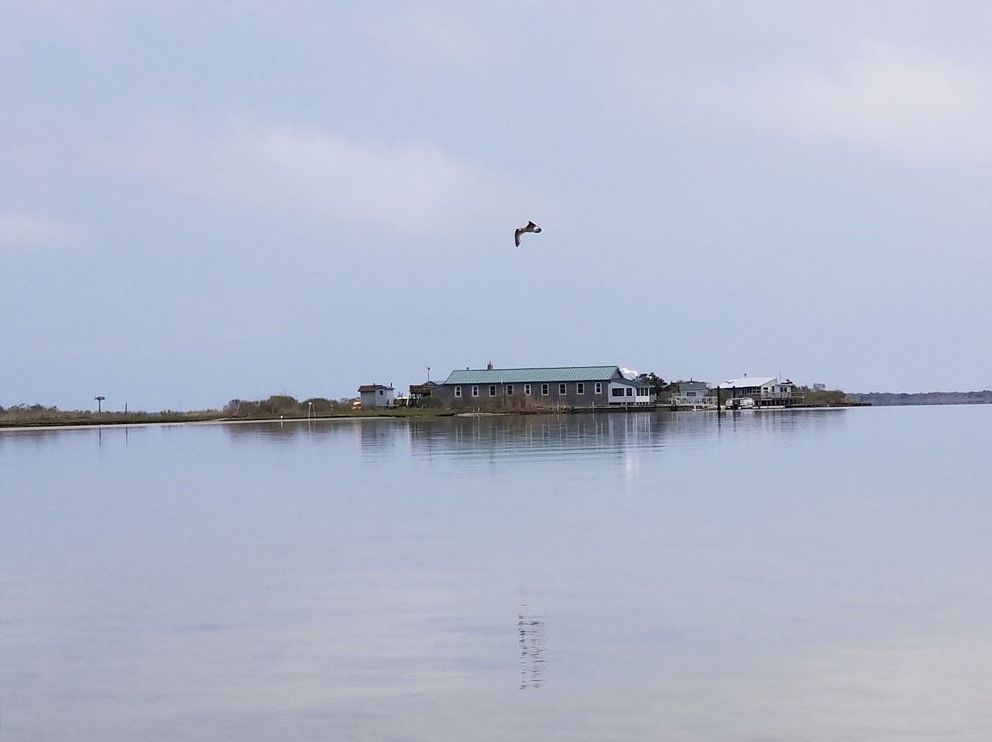
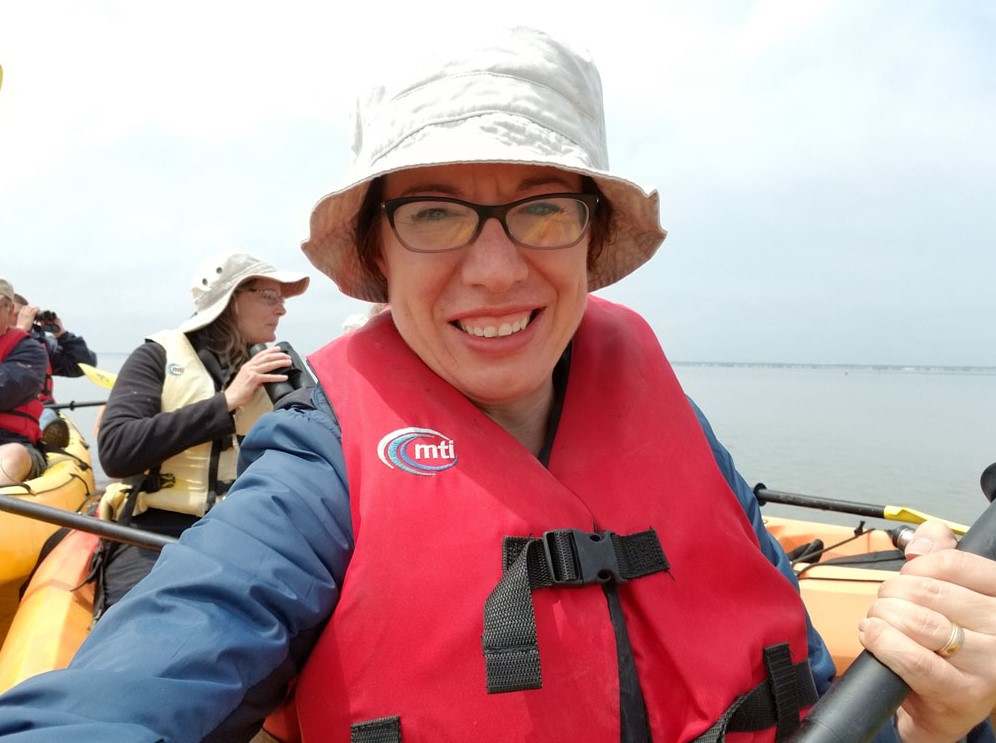
We returned to the Sedge house and put the kayaks away. After having our lunch, the group circled around behind the house to look for clams in the shallow water that had been marked off, per the shellfish license provided by the state of NJ. The method Jim seemed to prefer was to rake into the ground under the water and dredge the mollusks up from below the sand (he describes the technique in this video) but GraceAnne, our instructor and formerly part of the staff at Sedge, says there is another way. Stand in the shallow water and march in place until your feet sink a bit into the sand. You’ll feel the shells with your feet and you can stoop down and retrieve your find! I tried this briefly but without a bathing suit, I didn’t want to risk losing my balance and ending up in the drink.
The student’s efforts were successful and they captured about 20 clams of various sizes which we sorted when they brought them back to the shore. Different sizes have different common names, the smallest are little necks, then cherry stones and the largest are known as chowder clams.
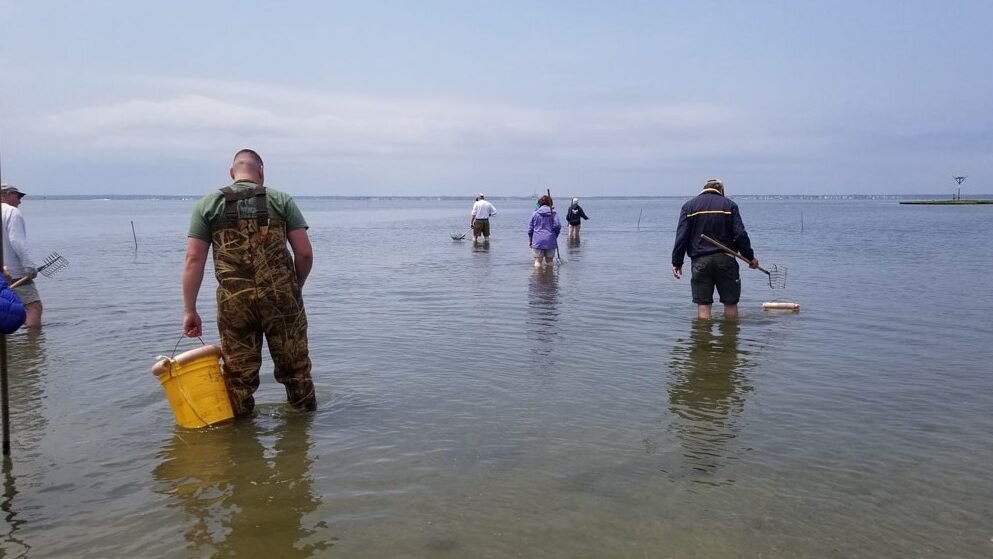
Jim informed us that early the next week they would be seeding the bay with 10,000 baby clams that were currently attached under the water along the edge in mesh bags. The reason they didn’t put the very small babies directly into the bay is to protect them from predators. A single blueclaw crab can gobble up 900 baby clams (only 5 millimeters each) in a day!
